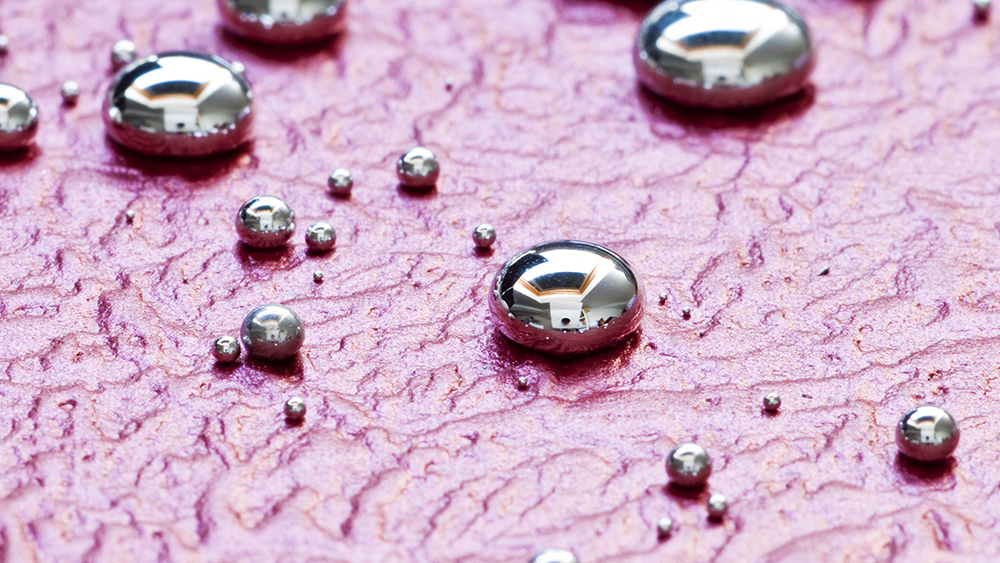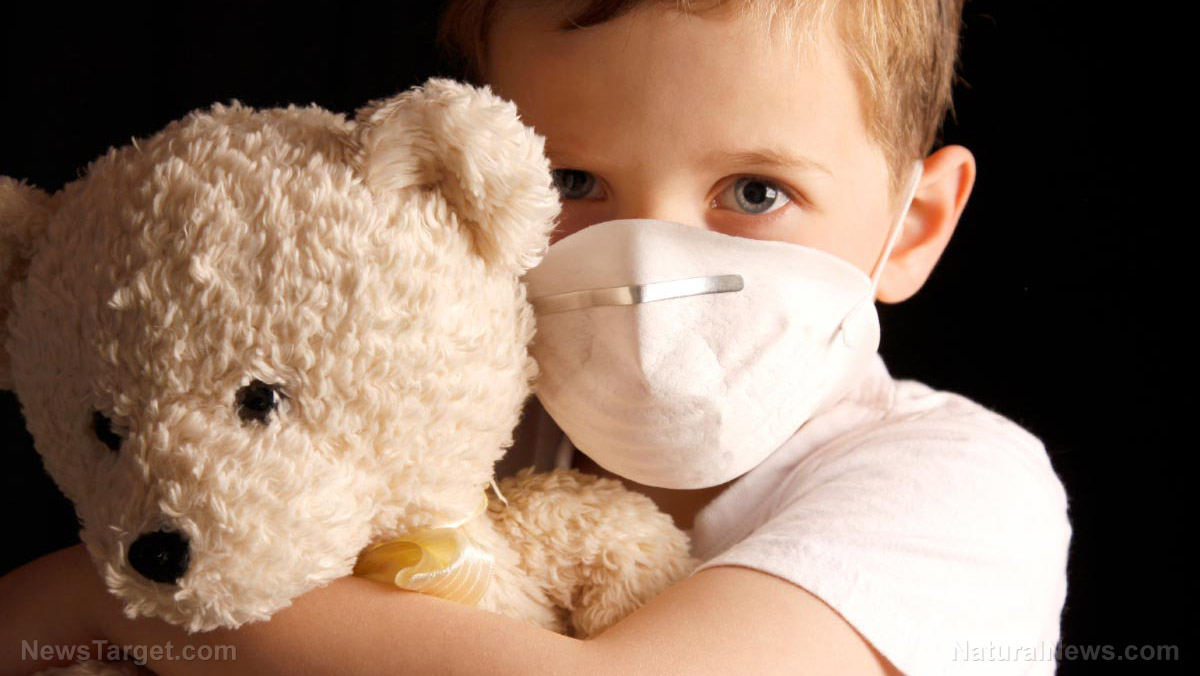Unprecedented science study proves that air pollution can negatively affect babies while in the womb
07/01/2018 / By Michelle Simmons

Exposure to high levels of air pollution during the third trimester of pregnancy can increase the baby’s risk of high blood pressure, according to a study published in the journal Hypertension.
The study, which was carried out by a team of researchers at Johns Hopkins University in the U.S., is one of the first studies to demonstrate that inhaling polluted air during pregnancy may cause detrimental effects on the cardiovascular health of the offspring during childhood. Hypertension during childhood often results in hypertension in adulthood, which is the leading cause of cardiovascular disease.
In conducting the study, the research team investigated 1,293 mothers and children who were part of the large, ongoing Boston Birth Cohort study. They measured the children’s blood pressure at every childhood physical examination from three to nine years old. They considered that systolic blood pressure was elevated if it was in the highest 10 percent for children of the same age on the national data.
The research team also considered other risk factors for childhood blood pressure, such as birth weight and maternal smoking. In addition, they estimated air pollution exposure in every trimester of pregnancy by using every woman’s residential address and information from the closest U.S. Environmental Protection Agency’s (EPA) air quality monitor. The levels of fine particulate matter of 2.5 microns or less (PM2.5) in the highest category in the study, which was 11.8 micrograms per cubic meter (µg/m³) or higher, were slightly lower than the air quality standard of 12 µg/m³.
Based on the results, children exposed to greater levels of ambient fine particulate pollution in the womb during the third trimester had a 61 percent increased risk of high blood pressure in childhood than those exposed to the lowest level. The study also uncovered that regardless of whether a child was of low, normal, or high birth weight, higher exposure to air pollution during the third trimester was still linked to the risk of high blood pressure. Earlier research found an association between greater air pollution exposure during the third trimester, when fetal weight gain is the fastest, and lower birth weight. Moreover, the findings of the study provided evidence of the significant influence of in-utero exposure as a woman’s exposure to air pollution prior to pregnancy was not linked with blood pressure in her offspring.
“These results reinforce the importance of reducing emissions of PM2.5 in the environment. Not only does exposure increase the risk of illness and death in those directly exposed, but it may also cross the placental barrier in pregnancy and affect fetal growth and increase future risks for high blood pressure,” explained Noel T. Mueller, senior author of the study.
Things to do to reduce exposure to extremely high levels of fine particle pollution
Here are some things you can do to minimize air pollution exposure:
- Stay indoors in an area with filtered air – You may want to consider buying an air filter if you reside in an area with high levels of particle pollution because fine particles in the air can also get indoors. Just make sure that your air cleaners do not work by generating ozone, which will increase the pollution in your home.
- Avoid intense physical activities – Refrain from doing activities that will make you breathe faster or more deeply.
- Take extra measures to minimize pollution indoors – Air cleaners alone may not be sufficient. Quitting smoking would help. Cleaning will also prove beneficial, but do not use a vacuum cleaner as it stirs up particles inside your home. Instead, you can use a wet mop to reduce dust. You can also add indoor plants that filter the air at home while providing medicinal benefits.
Read more news stories and studies on health effects of air pollution by going to Pollution.news.
Sources include:
Tagged Under: blood pressure, cardiovascular health, child health, childhood, children's health, clean air, fine particulate matter, high blood pressure, hypertension, indoor air, maternal exposure, particulate matter, PM2.5, pregnancy, research, toxins




















